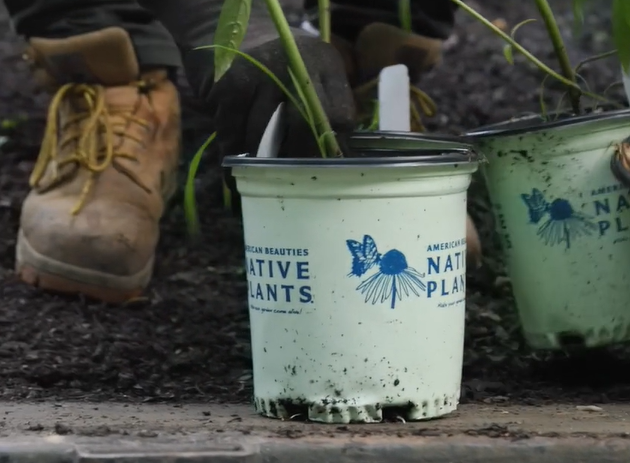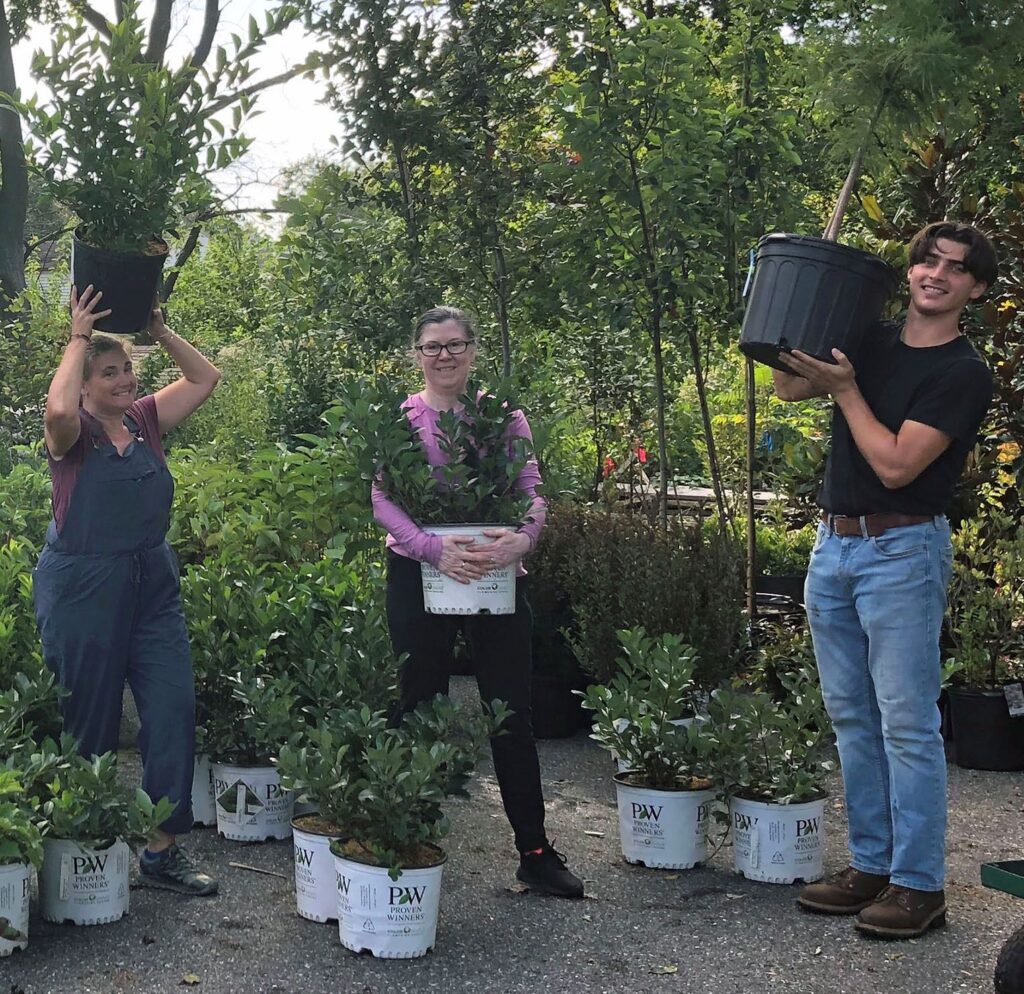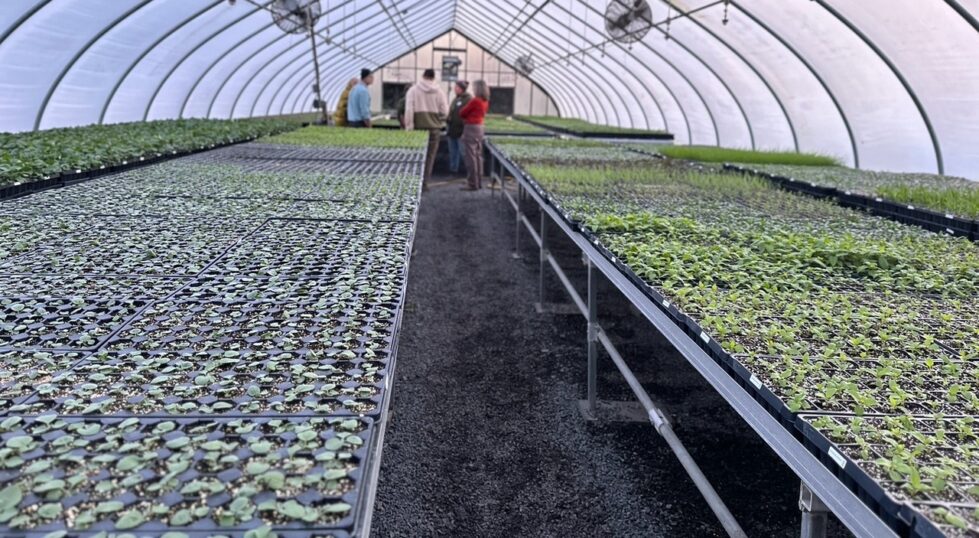Now that spring is here it seems like potted plants are everywhere. Grocery stores, big box stores, and produce stands all have plant displays to entice you into buying. If you find it difficult to resist, follow these guidelines on how to buy plants to make the best purchases.
Basic Plant Buying Guidelines
Rule number one is, do not buy plants that damage local ecosystems. Plants that originated elsewhere may lack the environmental controls that keep their populations in check. They then out-complete native plants and may disrupt habitats, food chains, and water cycles. And believe it or not, invasive plant species are still grown and sold nearly everywhere. So always check before you buy.
One very easy way to ensure plants are safe for the environment is to select native plants. Not only are they safe, they are beneficial! Native plants have evolved to grow well in local environments and support local wildlife such as birds and pollinators. They are also beautiful! So look for native plant tags while you are shopping. You will like what you see!

Finally, follow the adage, and select the right plant for the right place. Know your garden’s conditions and choose plants that will thrive there. Consider exposure to sun and wind, soil and moisture, and space when making your buying decisions.
Garden Centers vs Other Stores
In general, garden centers do a great job of caring for plants. Staff waters plants properly, identifies and removes diseased plants, and treats plants with care. Therefore, it is usually safer to buy plants from garden centers than other retailers. Local garden centers are also great resources for information about what grows well in your area.

Savvy bargain hunters however, can also find good deals at chain stores. Just make sure the soil in the pot is moist and the plant looks healthy. New arrivals are likely to be less stressed than plants that have been on the shelf for a long time. And since plants that are stressed do not perform well, be extra careful about plant health when buying from these stores.
Plant Size
Plants are sold by pot size, height, or caliper of the trunk. So compare similar sizes when shopping. Also remember, small plants can quickly fill in your garden spaces. You can save money by purchasing plants in smaller sizes. Wait a season or two, and you will not notice a difference.
Smaller plants are also easier to move and to plant. This means you are less likely to damage the plant getting it in your vehicle and will spend less time putting them in the ground when you get them home.
Roots
One of the most important but overlooked considerations when you buy plants is the health and vigor of their roots. Plants with roots that do not fill out space in the pot are a poor value. Conversely, plants with encircling roots may be stressed or have difficulty getting established. Do not purchase plants with encircling roots which can actually kill a tree over time. Do not be afraid to lift the plant out of the pot in the nursery. Just be careful not to dump the soil. Look for roots along the sides of the pot which are full but not too crowded.
Buds vs Flowers
It is always tempting to grab the plant in the nursery with the most flowers. But sometimes that isn’t the wisest choice. If the plant is an annual which will bloom most of the summer, by all means, pick the one with the most flowers. If however, the plant blooms for a short period of time, choosing one with buds instead of open flowers will allow you to enjoy the full bloom time once you get the plant home.
Plant Health
Always be aware of the overall health of plants when you shop, and look for signs of disease and damage. Problems can occur in every phase of plant production; growing, shipping, and care at the retailer. Look for broken branches. Make sure leaves the right color and free from excessive spots.
Finally, look at the trunk of trees or shrubs. Damage to the bark of trees is especially harmful, and trees may never fully recover from this damage. So select woody plants that have been transported with care.
Plant Cultivars
It is amazing how many different plants of a single species you may find in a nursery. These cultivated varieties, or cultivars, have different characteristics, so it is important to know what you are purchasing. For example, purple coneflowers now come in oranges, reds, and whites, with both single and double blossoms. They are so unusual that the latest variety is hard to resist. However, overbred varieties often lack vigor and can be poor performers in the garden.
Cultivars can also vary greatly in other ways, such as size. A ‘Red Sprite’ winterberry holly, for example, may grow to 3 feet tall, while ‘Winter Red’ may reach 8 feet. These two plants of the same species are not interchangeable in the landscape! So if you are not sure of the difference between two cultivars, pull out your smart phone in the nursery. Always do your research before you buy plants!
Start with a Plan, Leave Room for Impulses
It is always best to start with a landscape plan. This will ensure a cohesive design and can save you a lot of money in the long run. However, it is also fun to leave room in your landscape so you can fill in with impulse buys. Who knows, that latest purchase may be just the right plant to add that special something to your garden!

